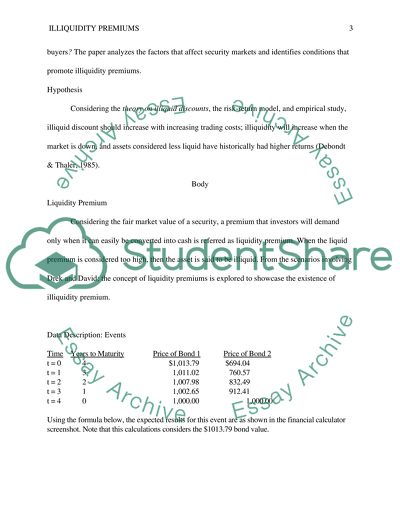Cite this document
(“Event Study Statistics Project Example | Topics and Well Written Essays - 1500 words”, n.d.)
Event Study Statistics Project Example | Topics and Well Written Essays - 1500 words. Retrieved from https://studentshare.org/finance-accounting/1644817-event-study
Event Study Statistics Project Example | Topics and Well Written Essays - 1500 words. Retrieved from https://studentshare.org/finance-accounting/1644817-event-study
(Event Study Statistics Project Example | Topics and Well Written Essays - 1500 Words)
Event Study Statistics Project Example | Topics and Well Written Essays - 1500 Words. https://studentshare.org/finance-accounting/1644817-event-study.
Event Study Statistics Project Example | Topics and Well Written Essays - 1500 Words. https://studentshare.org/finance-accounting/1644817-event-study.
“Event Study Statistics Project Example | Topics and Well Written Essays - 1500 Words”, n.d. https://studentshare.org/finance-accounting/1644817-event-study.


